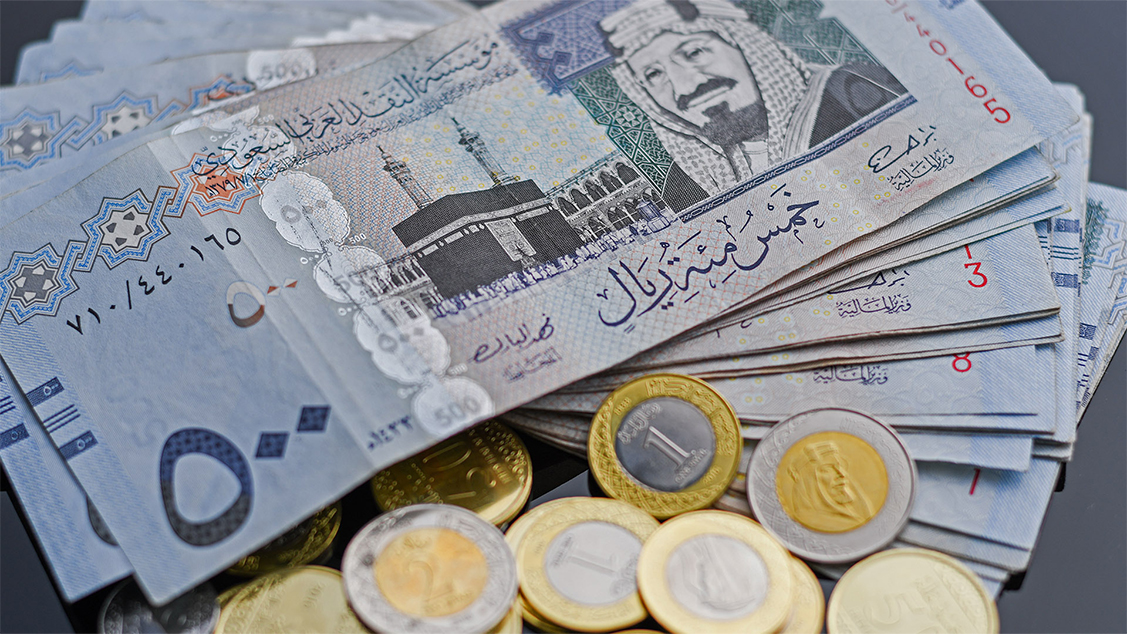

Fly Time
~4-6 Hours
Currency
Saudi Riyal (SAR)
Local Transfer
Taxi, Bus, Metro


~4-6 Hours
Saudi Riyal (SAR)
Taxi, Bus, Metro
Arabian Standard Time (UTC/GMT +3:00 hours)
Visa Required (Umrah or Hajj Visa)
0
Hajj & Umrah
Umrah is a pilgrimage to Mecca, Saudi Arabia, and it is one of the most significant religious acts in Islam after Hajj. Unlike Hajj, Umrah is not obligatory, but it is highly recommended and holds great spiritual significance for Muslims. It can be performed at any time of the year, unlike Hajj, which has specific dates according to the Islamic calendar.
